Since December 2020, the Izmirlian Medical Center has been implementing the project on “Emergency Health Support for Wounded Military Personnel” financed by the Izmirlian Foundation. Persons injured during the War may apply to the medical center and receive necessary medical care, free of charge. Since 2020, the medical center has supported around 300 servicemen.
The article was prepared before the blockade of the Lachin coridor by Azerbaijan.
Artyom
“I’m okay,” says Artyom Musayelyan, a participant in the 44-day War, as he greets us in his hospital room with a big smile.
 Artyom Musayelyan
Artyom MusayelyanPhoto: Mediamax
He had a complicated surgery just a few days ago. A piece of shrapnel no larger than a pea had reminded him of itself two years after the war, nearly paralyzing the young man’s leg.
Twenty-year-old Artyom is from the village of Sos in Martuni region of Artsakh. He had only been in service for two months when the 44-day War began.
“My military specialty was grenadier, but it didn’t help much, because we didn’t even manage to see a tank,” says Artyom with a smile.
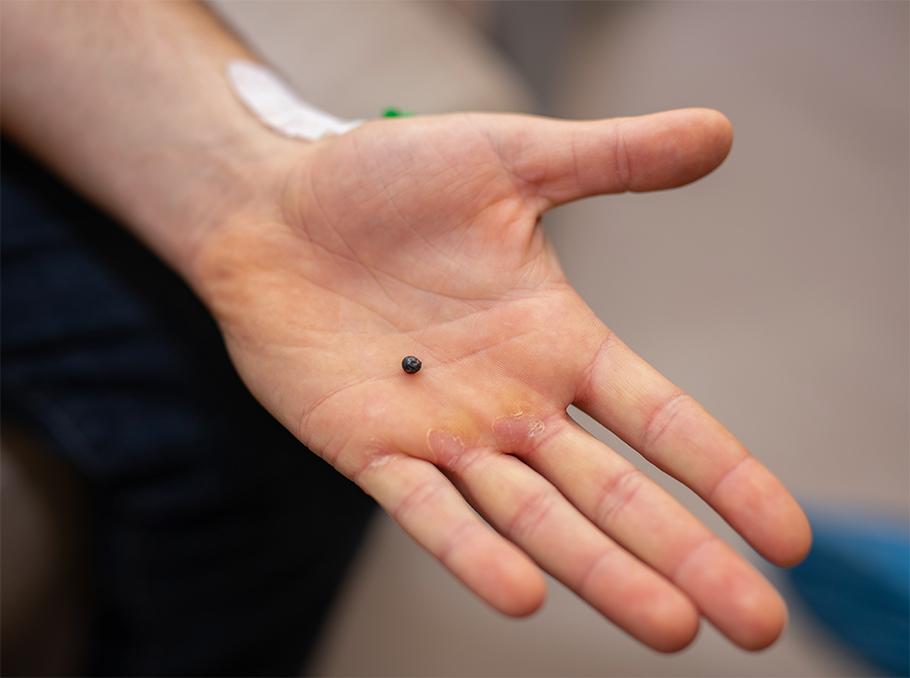 The shrapnel piece removed from Artyom's leg
The shrapnel piece removed from Artyom's legPhoto: Mediamax
He was wounded in Varanda (Fizuli) on October 18.
“It was a UAV strike that killed four people on the spot and wounded eight. My dad was the one to pull me out of that place. He threw me into a foxhole, where I stayed until the fire died down a little, enough for the ambulances to reach us. First they took me to Martuni hospital, then to Stepanakert. I had multiple shrapnel injuries, and after first aid, they decided to transfer me and several other wounded soldiers to Goris. However, there was only one bed for the wounded, and it was decided to continue driving to Yerevan, but right after we left Goris, I got worse really quickly,” recalls Artyom.
The young man started bleeding profusely in the leg area and nearly lost consciousness. A prompt decision was made to turn back to Goris, where the doctors were able to stabilize his condition.
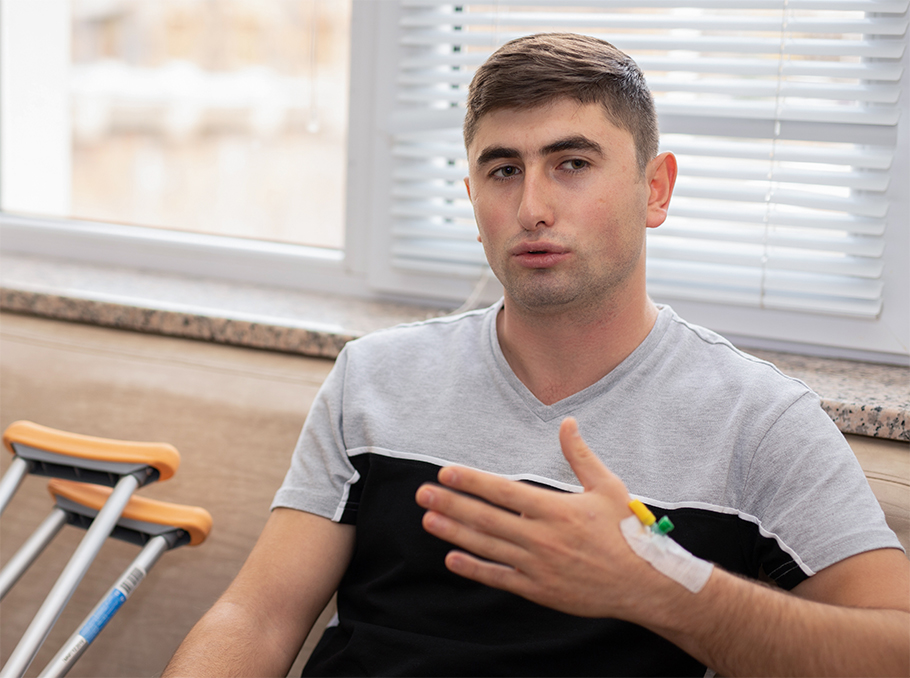 Artyom Musayelyan
Artyom MusayelyanPhoto: Mediamax
Further exams showed that one of the shrapnel pieces had damaged Artyom's artery in four places, and his leg would most likely have to be amputated.
“We moved Artyom to Yerevan. After receiving treatment in several hospitals, we were referred to surgeon Artavazd Sahakyan,” recalls Artyom's mother.
“The doctor was coming every day , examining the wound with a certain device and , quietly leaving the ward. On the third day, having done the same exam, as he was leaving the ward, he came up to me and said: “Light a candle for me.” It was later that we found out he had come to check for the last time whether there was even a small glimmer of hope for saving my son's leg, only to see that hope at last. I don't know how, but after a 12-hour operation, Dr. Artavazd was able to restore the artery that was damaged in four places.”
After the surgery and post-surgery rehabilitation period, Artyom returned to Artsakh and tried to be back to normal again. The shrapnel piece left in his body made it impossible, though.
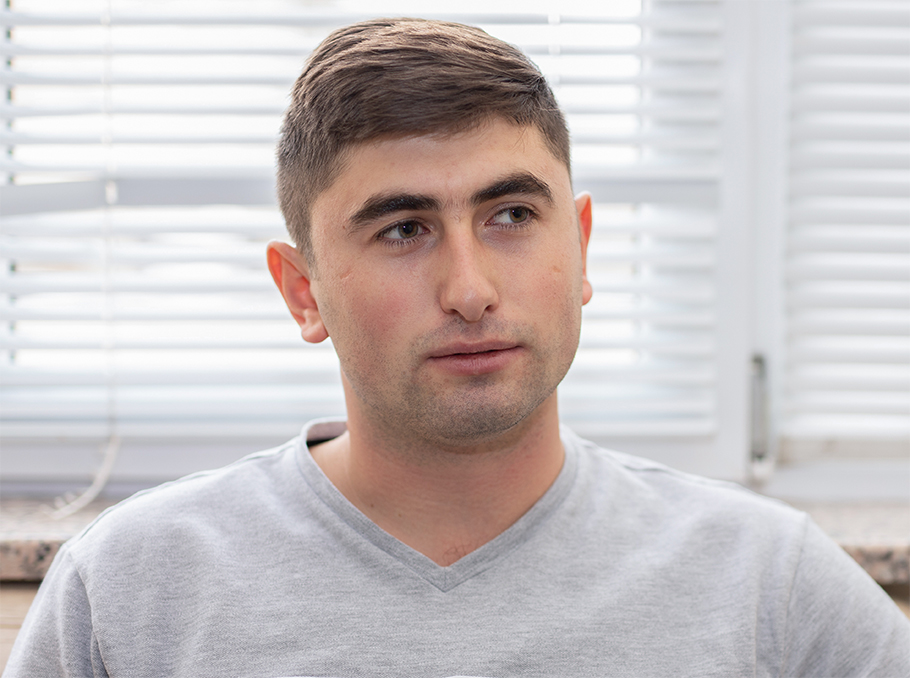 Artyom Musayelyan
Artyom MusayelyanPhoto: Mediamax
Following Dr. Artavazd Sahakyan’s advice, Artyom and his family turned to Professor Armen Charchyan at the Izmirlian Medical Center.
“The medical examination results showed that a small fragment was lodged in his hip joint, embedded in it, causing joint deformation and hindering the proper functioning of the leg. To this day, I cannot fathom how the doctor was able to perform this fantastic operation,” says Artyom's mother.
“The most important thing for me was that I wasn’t going to be bedridden for long. After the artery surgery, I was confined to bed and lay motionless for one and a half months. The day after the surgery when the doctor came and told me to get up and try to walk on crutches, I was over the moon,” smiles Artyom.
The ratio of death to injury is 1:1
Before performing his next operation, Armen Charchyan, the scientific coordinator of the Izmirlian Medical Center and head of the YSU Department of Traumatology and Orthopedics, comes into Artyom's hospital room to see how the recovery is progressing.
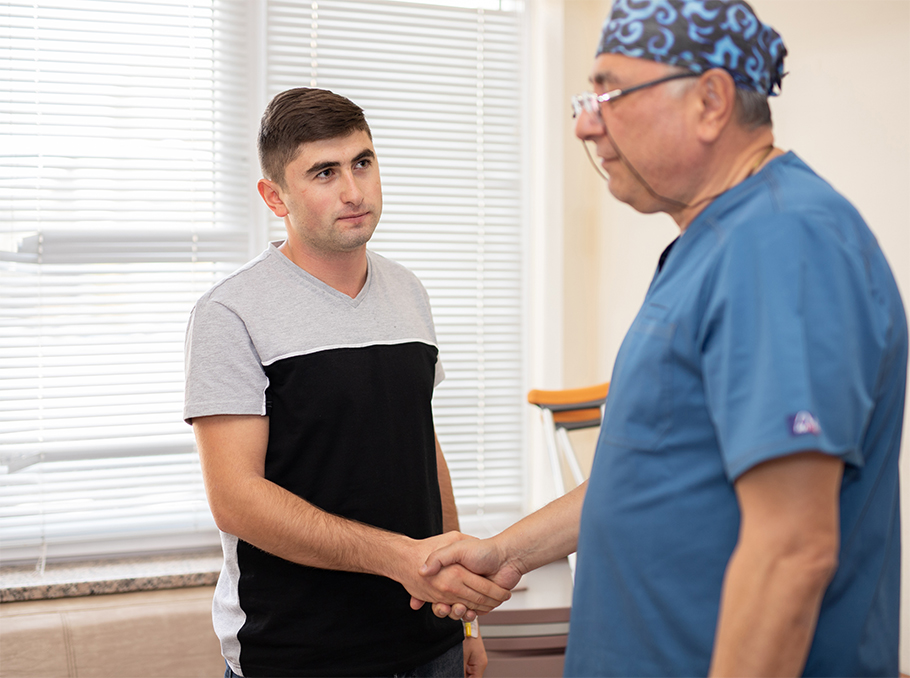
Photo: Mediamax
“Doctor, I am a biologist and cannot imagine how you managed to remove the fragment from such a complicated area,” says Artyom's mother.
“It's a secret,” the doctor jokes, adding that after a few weeks, Artyom will be able to walk with one crutch and later, if everything goes well, without crutches.
Armen Charchyan recalls that all the surgeons of the Izmirlian Medical Center were in the hospital two hours after the war began.
“We formed two groups of doctors straight away, including all necessary specialists, and sent them in two directions: south (Goris) and north (Vardenis). We also had doctors in Artsakh. We made sure that these groups continued working until the end of the war. Moreover, working in shifts was mandatory so that the doctors, who worked in difficult conditions, did not reach the point of emotional burnout,” recalls Armen Charchyan.
Being a First Artsakh War veteran himself, the professor says that the 44-day War was vastly different in its lethality and much larger number of injured.
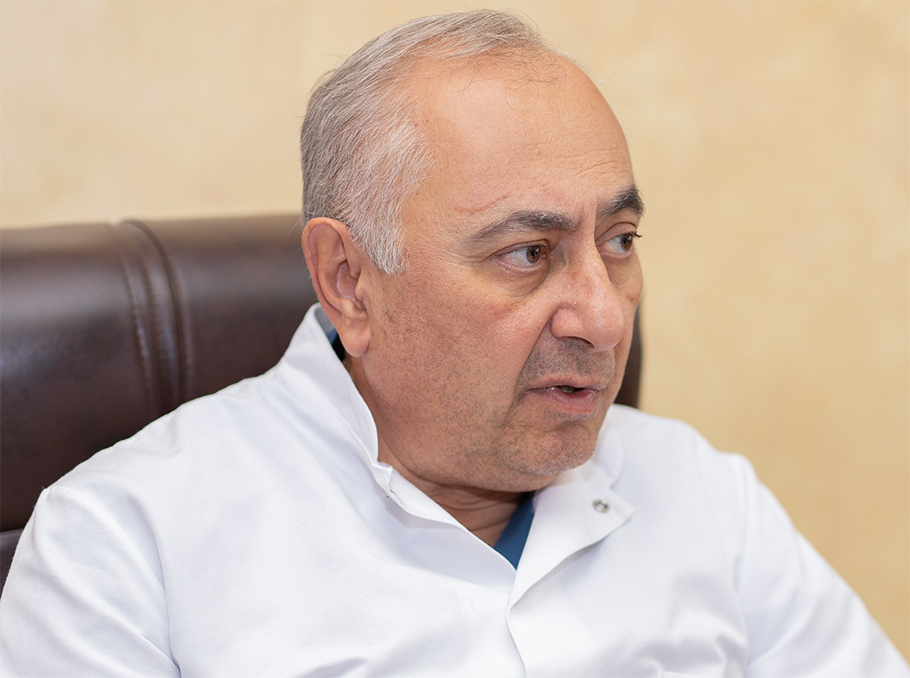 Armen Charchyan
Armen CharchyanPhoto: Mediamax
“During the First Artsakh War, we mostly dealt with gunshot wounds, and for the most part, there were one or two of them. Now, most of the wounded have multi-fragment injuries. Back then, the ratio of death to injury was 1:4. In other words, one was killed, and four were injured. During the 44-day War, the ratio was almost 1:1.”
Aftershocks of war
As Armen Charchyan says, the doctors were very well conscious of the fact that their work would not end with the end of the war.
“As a surgeon who went through the earthquake, the First Artsakh War, the April War, and the 44-day War, I can say that any natural disaster or war is followed by an aftershock period. It was obvious that the treatment of the wounded would not to end with the end of the war, but would take years. For instance, after the 1988 Spitak earthquake, it took about three years to provide medical care to all those in need. The same was the case with the First Artsakh War. Moreover, it was not only about surgical services. We understood that many people would need rehabilitation. In the light of this, with the support of Barnabas Foundation, we have established a fairly effective rehabilitation center at the Izmirlian Medical Center, where wounded military personnel benefiting from the Izmirlian Foundation financed “Healthcare Support to Wounded Military Personnel” can also receive rehabilitation services ,” says Armen Charchyan.
According to him, the type of injuries in this war forces us to study the world experience as well. If necessary, consultations are held with international experts, or the patient is transferred abroad. Sometimes, as in the case of Artyom, doctors do almost the impossible to save a soldier's life or limbs.
“I bow to all the doctors who fought in this war, selflessly performing their professional duty. They were able to save the lives of thousands of wounded. I always use this example: during the First Artsakh War, there were about 28-30 thousand wounded, and 72 percent of them returned to the battlefield after receiving medical care. In other words, thanks to the efforts of doctors, about 21,000 soldiers, which makes two fully formed divisions, returned to the ranks. Doctors gave the country two divisions of soldiers and saved thousands of lives.”
Contact Izmirlian Medical Center for assistance
Nora Alekyan, Coordinator of the Healthcare Support to Wounded Soldiers program, says that during the war, 80 percent of Izmirlian Medical Center’s bed capacity was allocated to wounded soldiers.
“After the war, the first soldier visited the Center on December 24, 2020. So far, 273 military personnel have received free medical care within the framework of the program implemented with the support of the Izmirlian Foundation,” says Nora Alekyan.
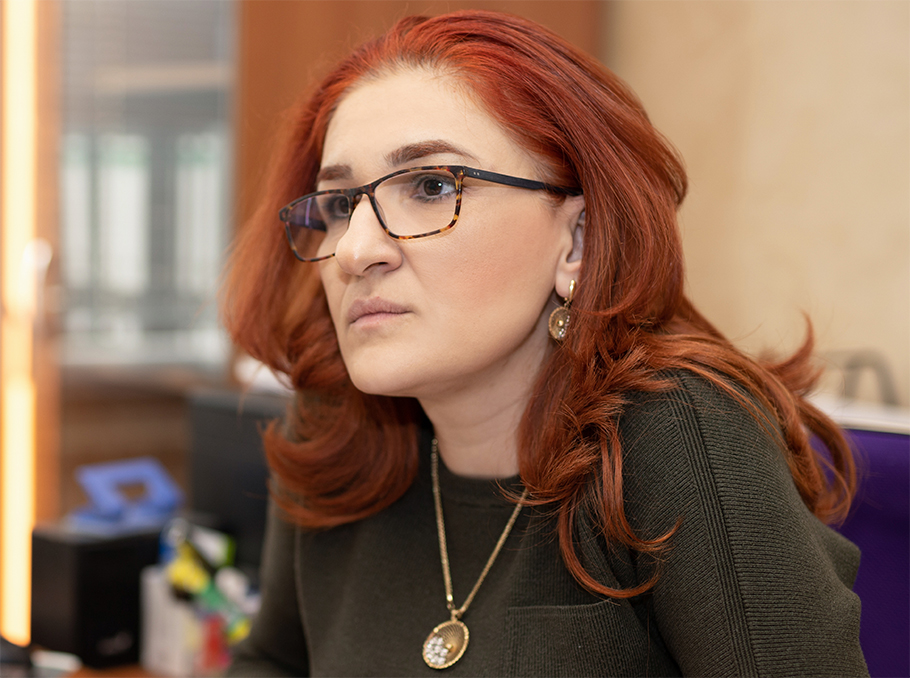 Nora Alekyan
Nora AlekyanPhoto: Mediamax
Persons wounded during the 44-day War may benefit from the program by visiting the medical center or calling at (010) 24 40 10.
After the necessary medical examinations, the needed treatment path will be determined. Besides surgical interventions, the beneficiaries undergo laboratory and X-ray examinations or receive rehabilitation treatment.
Yana Shakhramanyan
Photos by Elen Gasparyan














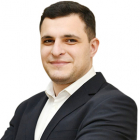


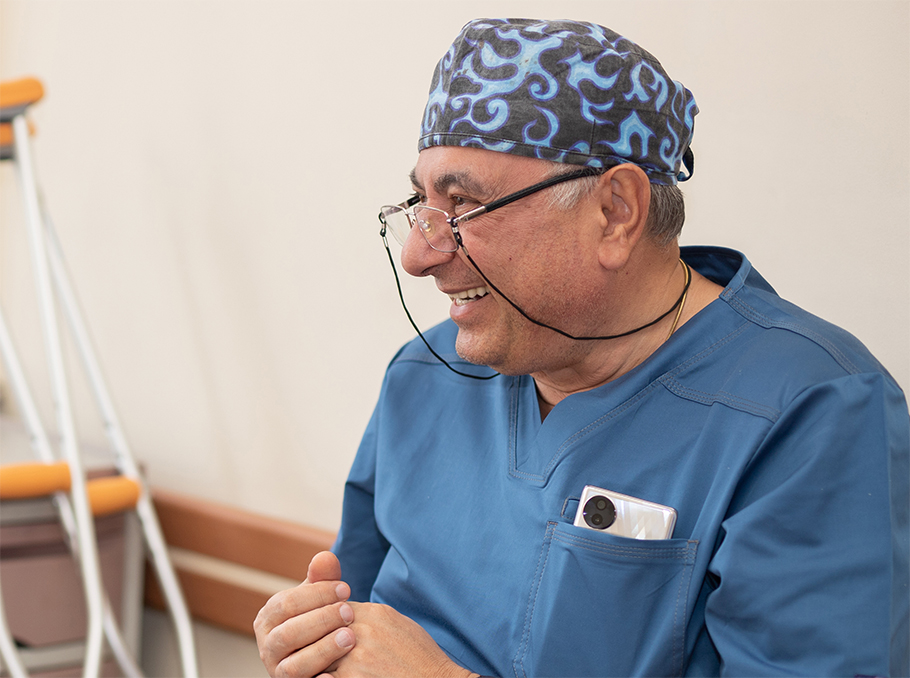
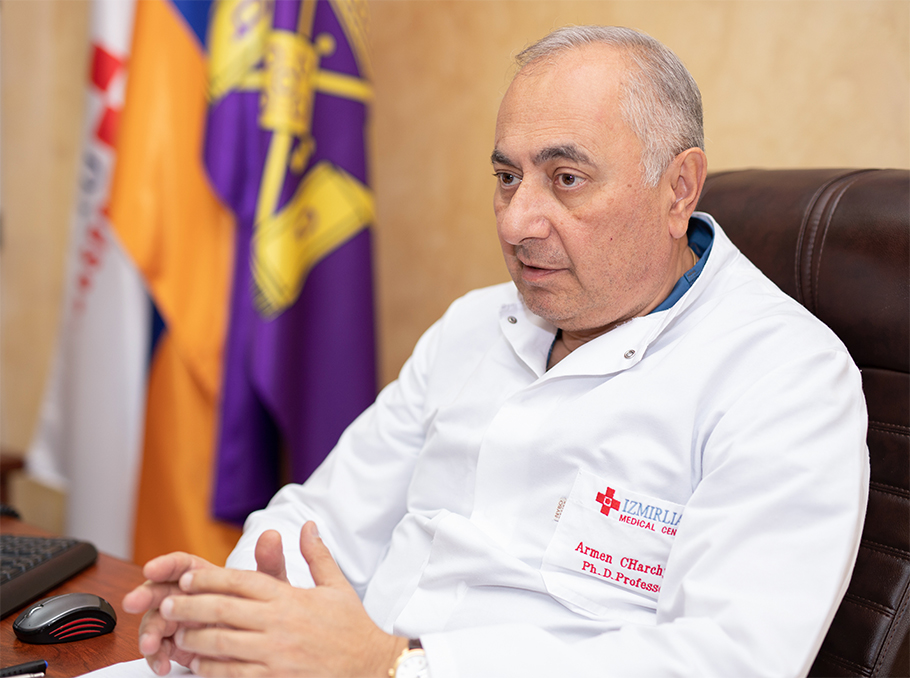

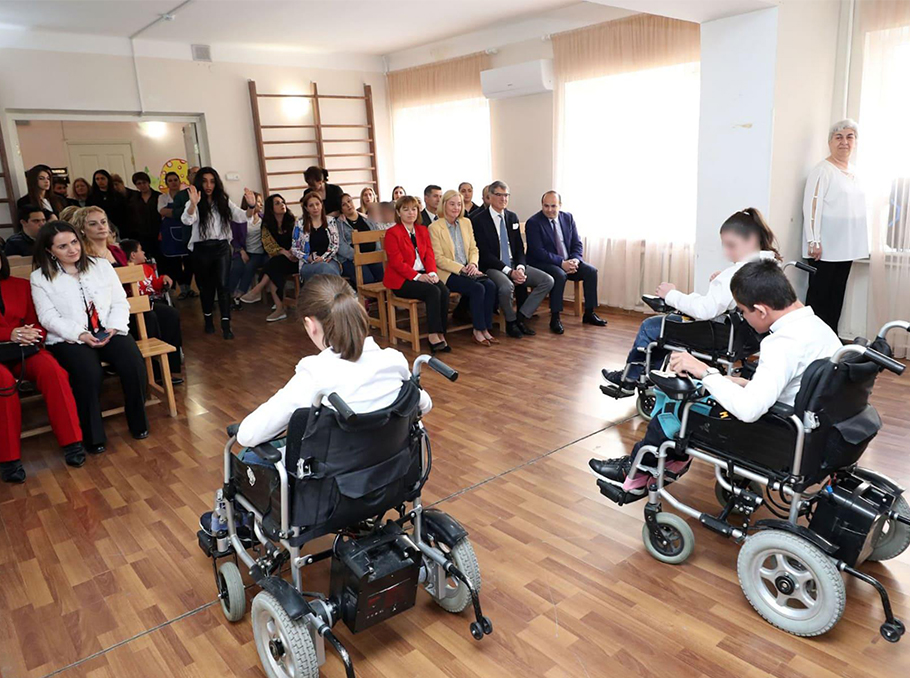

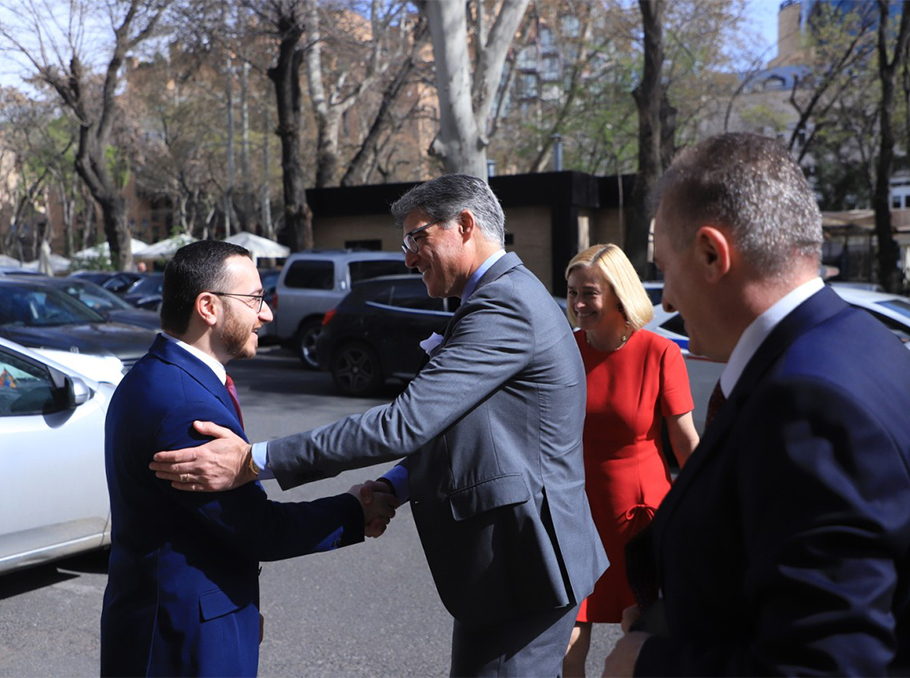





Comments
Dear visitors, You can place your opinion on the material using your Facebook account. Please, be polite and follow our simple rules: you are not allowed to make off - topic comments, place advertisements, use abusive and filthy language. The editorial staff reserves the right to moderate and delete comments in case of breach of the rules.